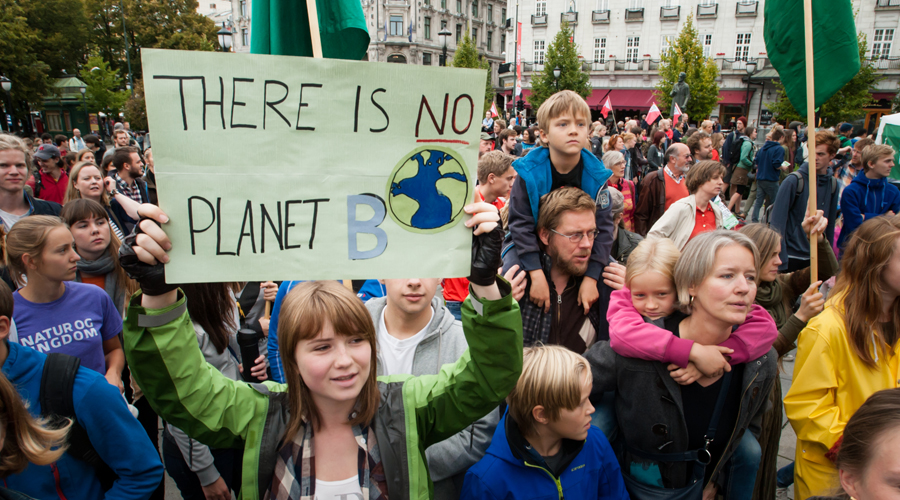The first Earth Day in 1970 was a watershed moment in the United States, a people-powered movement that inspired real political change. Here are six facts about the observance, held each year on April 22:
1. It spurred politicians to act. The sheer number of involved citizens that took to the streets — an estimated 20 million, or 10 percent of the U.S. population — lit a fire under the powers that be. The U.S. Environmental Protection Agency was created that December, and the clean air, safe drinking water and endangered species acts were not far behind.
2. It joined disparate groups. Groups that were poles apart came together for the cause, according to the Earth Day Network: Republican and Democrat; rich and poor; business and labor; urban and rural. In 1990, Earth Day’s reach expanded even further as the threat of climate change became more widely known, and one of the original organizers took the observance worldwide. It is sometimes called International Mother Earth Day.
3. A senator laid the groundwork. Sen. Gaylord Nelson (D-WI) was the driving force behind Earth Day. A staunch conservationist, he was aiming for a “huge grass roots protest” along the lines of the teach-ins of the era. He recruited students and environmentalists to get it off the ground, and April 22 was chosen because it was after spring break and before finals, so students would be freer to participate. In 1995, Nelson was awarded the Presidential Medal of Freedom for his work on Earth’s behalf.
4. It’s not the only one. Just a month before, a quieter Earth Day observance took place courtesy of environmental activist John McConnell. He had suggested the creation of an eco-holiday at a UNESCO meeting in San Francisco in the fall of 1969 and chose the next spring equinox for the observance. The United Nations holds a ceremony on the equinox to this day, and many countries use it as their official celebration date.
5. It’s been accused of facilitating “greenwashing.” Critics have lamented what they see as an unfortunate shift in Earth Day’s emphasis from political action to consumer choice, leaving an opening for corporations to exploit. And exploit it they do: It’s become a trope in the last decade for environmental reporters to share some of the just-so-wrong PR howlers that flood their inboxes in the months leading up to April 22. (Eco-vapes, anyone?)
6. It’s still a potent symbol. President Joe Biden has made addressing climate change a priority of his administration and has invited 40 world leaders to an Earth Day summit to address it. PBS has chosen Earth Day to air a three-part BBC Science Unit documentary, “Greta Thunberg: A Year to Change the World,” in its entirety. And of course, tree-plantings, pollinator patchings, river cleanups and other nature-friendly events will take place here and across the world. EarthDay.org/take-action-now has more information on how to get involved.
